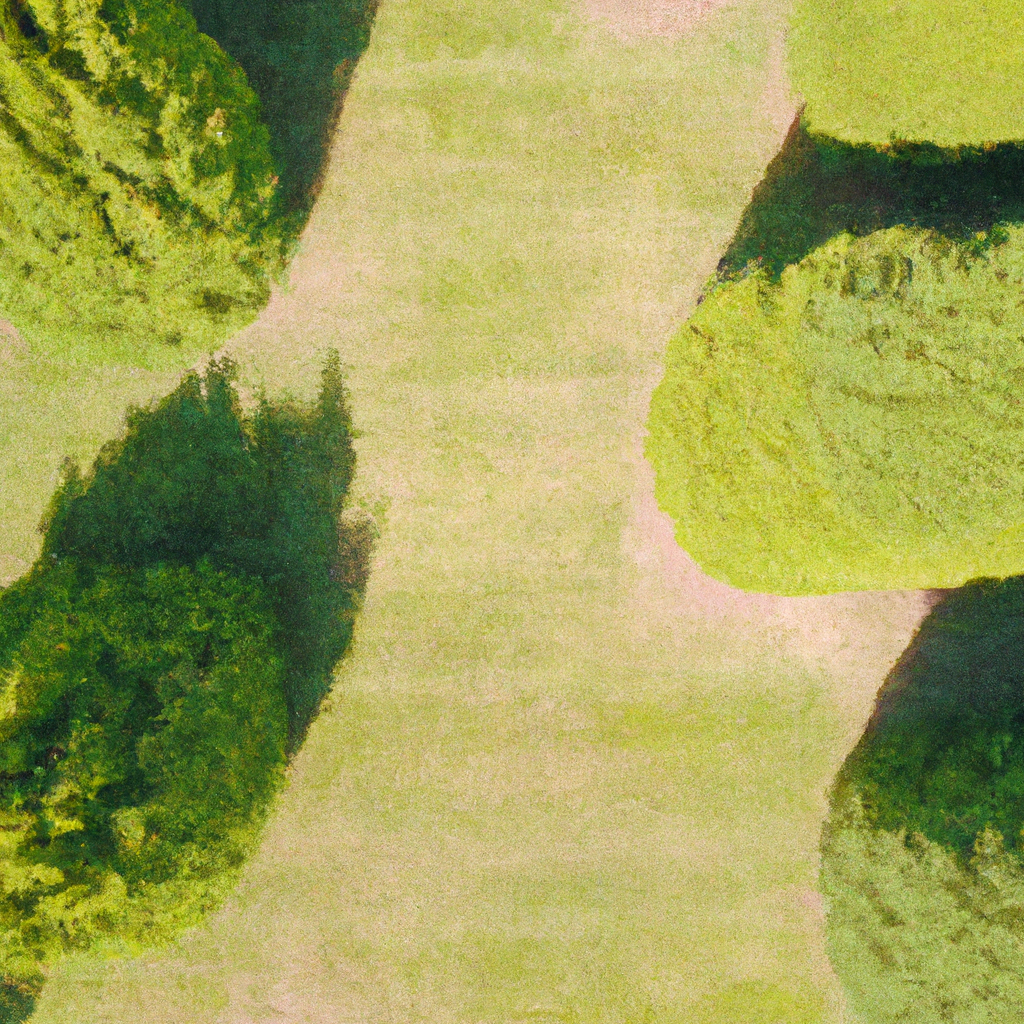Landscape design is an essential aspect of outdoor design that involves the planning and arrangement of natural and man-made features to create an aesthetically pleasing, functional, and sustainable outdoor environment. Landscape design is a crucial component of landscape architecture, which is the profession that deals with the design, planning, management, and stewardship of the natural and built environment. In this article, we will explore the principles of landscape design and how they apply to outdoor design and landscaping ideas.
Principles of Landscape Design
The principles of landscape design are fundamental guidelines that landscape architects and designers use to create beautiful, functional, and sustainable outdoor environments. These principles are as follows:
1. Unity
Unity refers to the harmonious relationship between all the elements in a landscape design. A well-designed landscape should have a sense of unity, where all the elements work together to create a cohesive and balanced whole.
2. Balance
Balance refers to the distribution of visual weight in a landscape design. A balanced design has a sense of equilibrium, where the elements are arranged in a way that creates a feeling of stability and harmony.
3. Proportion
Proportion refers to the size and scale of the elements in a landscape design. A well-proportioned design has elements that are in the right size and scale relative to each other and the overall environment.
4. Rhythm
Rhythm refers to the repeating patterns and sequences in a landscape design. A rhythmic design has a sense of movement and flow, where the eye is drawn from one element to the next in a pleasing and predictable way.
5. Focal Point
A focal point is a prominent feature in a landscape design that draws the eye and creates a sense of interest and visual impact. A well-designed landscape should have a focal point that is strategically placed to enhance the overall design.
6. Contrast
Contrast refers to the use of contrasting elements in a landscape design to create visual interest and variety. A well-designed landscape should have a balance of contrasting elements, such as color, texture, form, and size.
7. Harmony
Harmony refers to the overall sense of coherence and unity in a landscape design. A harmonious design has elements that work together to create a sense of balance, proportion, rhythm, and contrast.
Applying the Principles of Landscape Design
The principles of landscape design apply to all types of outdoor design and landscaping ideas, from small residential gardens to large public parks. Landscape architects and designers use these principles to create outdoor environments that are functional, beautiful, and sustainable.
When applying the principles of landscape design, it is essential to consider the following factors:
Site Analysis
Before designing a landscape, it is essential to conduct a thorough site analysis to understand the site’s topography, soil, climate, and other environmental factors. This information will help the designer make informed decisions about the design elements, such as plant selection, irrigation, and drainage.
Functionality
A well-designed landscape should be functional and meet the client’s needs, whether it is a space for relaxation, entertainment, or recreation. The designer should consider the site’s intended use and design elements that support the function, such as seating, lighting, and pathways.
Aesthetics
Aesthetics are an essential aspect of landscape design, and the designer should consider the client’s preferences and the site’s context when selecting design elements such as plant materials, hardscaping, and water features.
Sustainability
A sustainable landscape design considers the long-term health of the environment, including water conservation, soil health, and biodiversity. The designer should use environmentally friendly materials and practices and select plants that are suited to the site’s climate and ecosystem.
Conclusion
In conclusion, the principles of landscape design are essential guidelines that landscape architects and designers use to create beautiful, functional, and sustainable outdoor environments. By applying these principles, designers can create outdoor spaces that meet the clients’ needs, are aesthetically pleasing, and support the environment’s long-term health. Whether designing a small residential garden or a large public park, the principles of landscape design are a crucial component of outdoor design and landscaping ideas.







